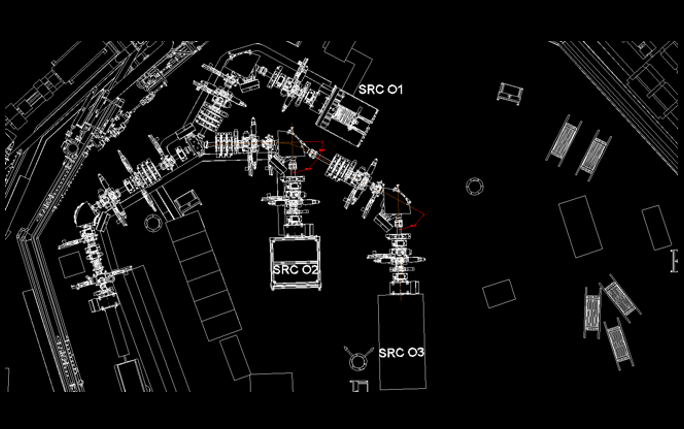CNAO awarded grant to build new ion source

An innovative irradiation facility with an ionic source for research and radiation hardness studies with industrial and clinical applications (INSpIRIT)
The National Centre of Oncological Hadron Therapy (CNAO) in Pavia is one of the key partners in the OMA project and one of only six centres in the world capable of treating tumours with protons and carbon ions. CNAO stands out for its excellence in the panorama of national and international health facilities. CNAO is also a Centre of Research and Development, whose activities range from clinical and radiobiological research to translational research, with the objective of providing continual improvements in the treatment of inoperable or radio-resistant tumours.
In the last decade, the scientific community has been showing a renewed interest in the possibility of extending the spectrum of ions in the hadron therapy domain; the recent technological advances are pushing research centres in the direction of implementing new ion species in the existing irradiation facilities.
In this context, CNAO’s Research Department has obtained a grant, funded by the regional government of Lombardy, for the construction of a new ion source. The project, called INSpIRIT, foresees the production of new ionic species, such as oxygen, helium and lithium, which will be accelerated by the synchrotron, transported to the experimental room, and made available for both scientific and industrial activities. In particular, the new ion source will be built in collaboration with the National Institute of Nuclear Physics (INFN) with an innovative technique based on a hybrid technology, exploiting superconducting magnets.
-Courtesy,of,L,Celona.png)
Main parameters of the new ion source (AISHA column), Courtesy of L. Celona
Once the INSpIRIT project is completed, the CNAO facility will include a beam line capable of providing the user with many ionic species to study radiobiological effects of different charged particles, thus extending the spectrum of possibilities for the clinic. For example, helium and lithium ions have been proposed as candidates for their better lateral dose distribution with respect to protons; at the same time, they have a lower biological efficacy (RBE) than that of carbon ions and consequently would be useful to adopt for clinical use. Oxygen is also considered a good candidate considering its energy deposition characteristics.
The experimental room, as well as the laboratory and preparation facilities, can be used in parallel to the clinical activity without interference. Thanks to this project, CNAO will take a leading in scientific research and industrial innovation. The availability of an intermediate ion source and an adequate research area will represent a unique opportunity for experimental and industrial research in nuclear physics, hadronic and particle physics, atomic and antimatter physics, high density, physics of plasma, condensed matter physics, radiation hardness for microelectronics, aerospace and spectrometry, biology and biomedical sciences.
Last but not least, one of the objectives of the partnership is to create a living lab to engage young people and schools, involving them not only as “observing subjects”, but also as sources of creation, no longer just at the centre of innovation, but rather as real drivers of change.